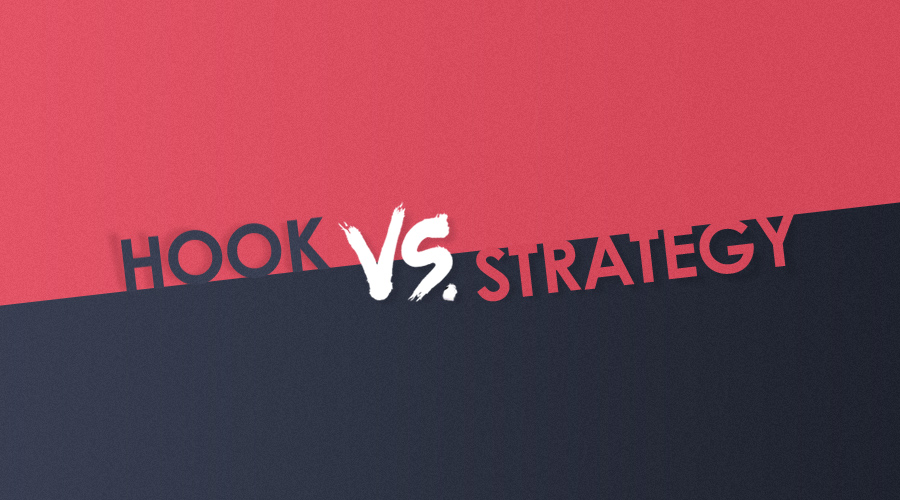Consumers don’t necessarily realize it, but they crave disruptive marketing. People want to be engaged – they want to laugh, they want to cry and they want something to relate to. But in an online world of constant controversy, some brands have a difficult time wanting to go there.
The challenge is that nowadays brands have to leave their comfort zone to stand out. Consumers are bombarded with messages, so breaking through the clutter may take some radical thinking. But it doesn’t mean getting away from the overarching strategy or the company’s brand.
Let’s talk about the hook vs. the strategy.
If your strategy is to drive your target audience to the website and educate them further, then the hook is how you get them there. It’s not the whole offering, it’s simply a tease to get consumers to your door. This can be a short phrase, a jingle, an image, a humorous video or a character – as long as it connects with your target audience. It’s easy for brands to confuse the hook and the strategy, which is why it’s difficult for brands to take an unexpected leap.
Here are a couple examples and the difference between the hook and the strategy.
Campaign: Jake from State Farm
Company: State Farm
Hook: A perceived affair
Strategy: Drive awareness, relate to the target audience and improve the perception of reliability of a State Farm rep.
Although this commercial is almost seven years old now, it still remains one of the most memorable commercials in the industry. State Farm took the risk of a sexual innuendo and leveraged humor to relate to their target audience: a homeowner losing sleep because of an insurance claim and immediately needing help, even in the middle of the night. This humorous hook was actually deeply rooted in research and the frustration that customers felt by not getting a live rep on the phone.
Campaign: Dozer Pride
Company: Caterpillar
Hook: A rap video
Strategy: Relate to machine operators, drive them to the website and educate them about the product.
We pushed the envelope ourselves with a new hook for one of our long-standing clients. Many would have thought that a rap song and a dozer wouldn’t go together. But Caterpillar took a risk and stepped into an unlikely genre to garnish attention. And it proved successful with more than one million social views, leading to an increase in website visits and content consumption.
What seems like a fun, viral video was actually based on research, insights and knowing this customer base. Listen to each line and how it relates to machine operators in their everyday life. But don’t be mistaken, just because a rap video with some clever lyrics was used as the hook, it didn’t define the whole strategy or the brand image.
Why You Need a Hook
In order to hook a consumer, you must have good bait. This is what makes research and insights on the front end so important. Companies need to truly understand who their target audience is – what they need, where they shop, what evokes emotion and action.
Related: Who Are You? Why Personas Make for Better Marketing
According to HubSpot, 50 percent of executives look for more information after seeing a product or service in a video. Which shows there was something interesting that pulled these executives into another channel and a whole new experience. That’s how you know it’s the hook.
What’s most important to remember is that the hook and the strategy serve different purposes. Brands that confuse the two or think the hook has to represent the whole strategy and brand image, won’t be as successful. Our clients who take a risk and push the content envelope, are the ones who make the greatest impact with their customers.





